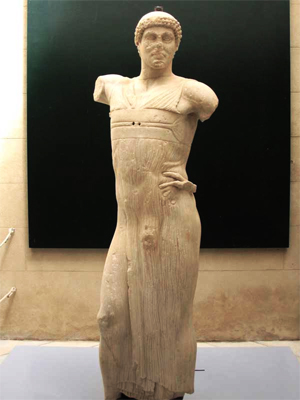
Coming to London: the Auriga of Mozia
Divinely beautiful Greek charioteer comes to London
The British Museum is trading its Strangford Apollo to borrow the fifth-century BC Auriga of Mozia from Sicily
by: Anna Somers Cock
April 2012, London -- He is called the charioteer and although damaged, with his turning, athletic body and robe so fine and clinging that every muscle is revealed, he is one of the most exquisite surviving Greek sculptures. And the British Museum has managed to borrow him for the duration of the Olympic Games.
From 1 May, the fifth-century BC Auriga (charioteer) of Mozia (where he was found) will be on display in the Duveen Gallery surrounded by the Parthenon Marbles, which are slightly younger by about 30 years. Normally, to see the charioteer you have to make a lengthy pilgrimage to a remote island off the west coast of Sicily, to the little museum set up in memory of the English marsala importer Giuseppe Whitaker, who personally funded decades of excavations there.
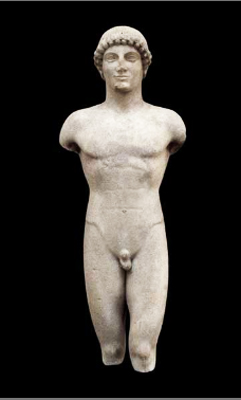
Strangford Apollo
In a deal struck with the Sicilian government, the British Museum is sending the Strangford Apollo (see photo below), an almost equally beautiful naked youth, found in the Greek Cyclades Islands, to take the charioteer’s place while he comes north, until 30 September.
SOURCE: The Art Newspaper, 02 April 2012
Recent Articles
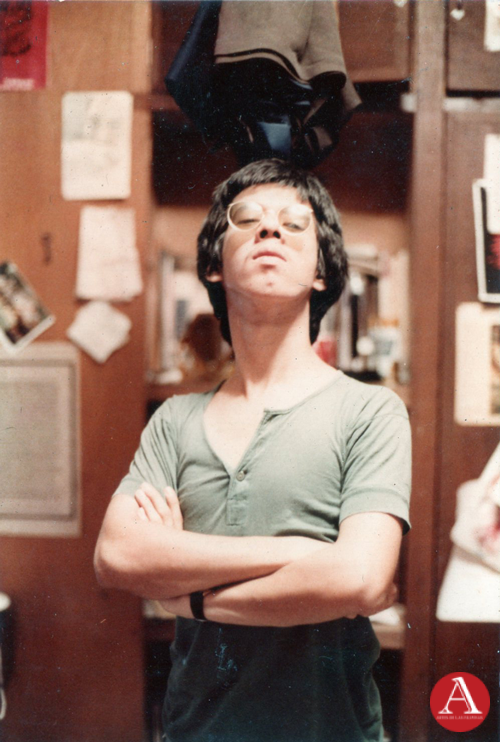 FEDERICO SIEVERT'S PORTRAITS OF HUMANISM
FEDERICO SIEVERT'S PORTRAITS OF HUMANISMJUNE 2024 – Federico Sievert was known for his art steeped in social commentary. This concern runs through a body of work that depicts with dignity the burdens of society to...
.png) FILIPINO ART COLLECTOR: ALEXANDER S. NARCISO
FILIPINO ART COLLECTOR: ALEXANDER S. NARCISOMarch 2024 - Alexander Narciso is a Philosophy graduate from the Ateneo de Manila University, a master’s degree holder in Industry Economics from the Center for Research and...
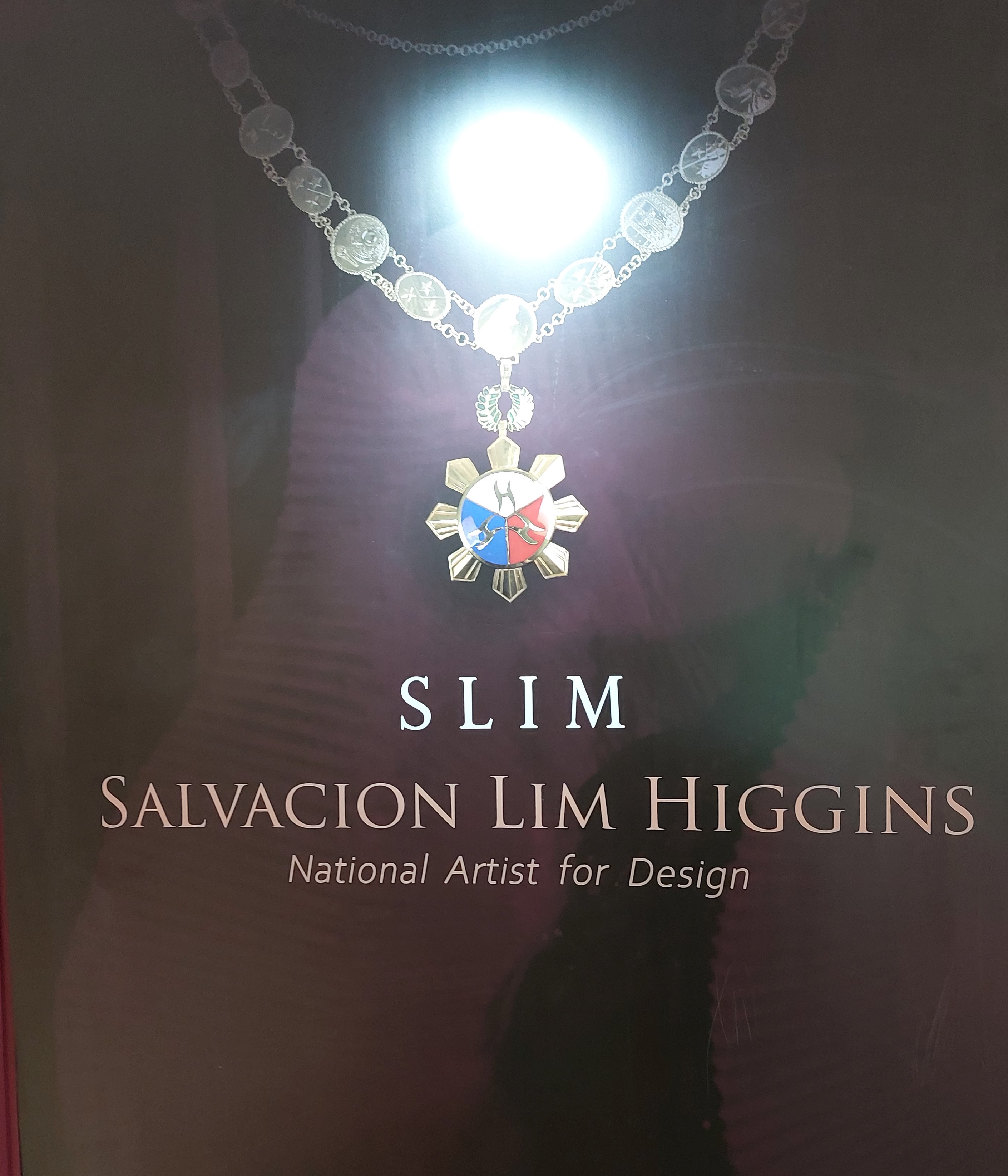 An Exhibition of the Design Legacy of Salvacion Lim Higgins
An Exhibition of the Design Legacy of Salvacion Lim HigginsSeptember 2022 – The fashion exhibition of Salvacion Lim Higgins hogged the headline once again when a part of her body of work was presented to the general public. The display...
 Jose Zabala Santos A Komiks Writer and Illustrator of All Time
Jose Zabala Santos A Komiks Writer and Illustrator of All TimeOne of the emblematic komiks writers in the Philippines, Jose Zabala Santos contributed to the success of the Golden Age of Philippine Komiks alongside his friends...
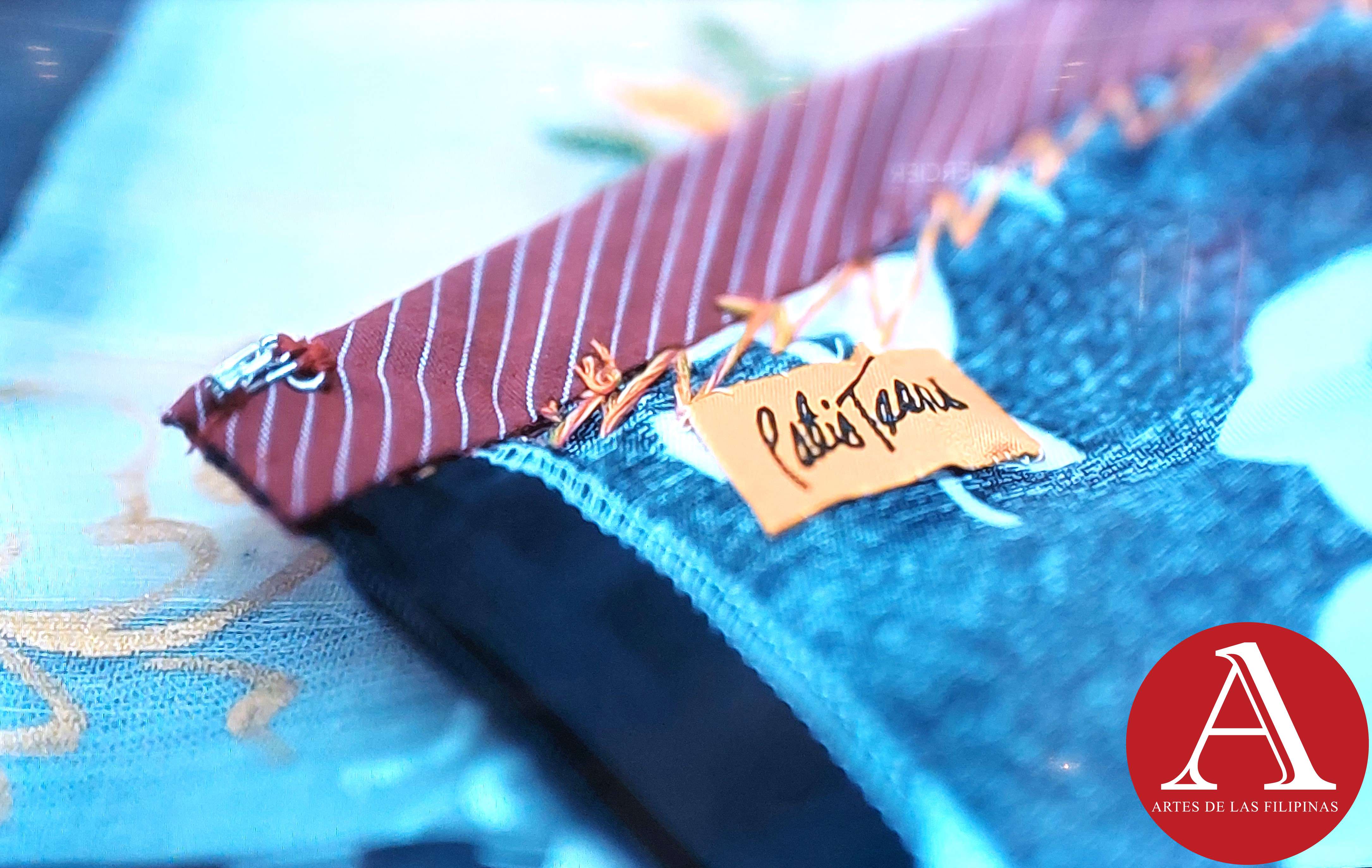 Patis Tesoro's Busisi Textile Exhibition
Patis Tesoro's Busisi Textile Exhibition
The Philippine Art Book (First of Two Volumes) - Book Release April 2022 -- Artes de las Filipinas welcomed the year 2022 with its latest publication, The Philippine Art Book, a two-volume sourcebook of Filipino artists. The...
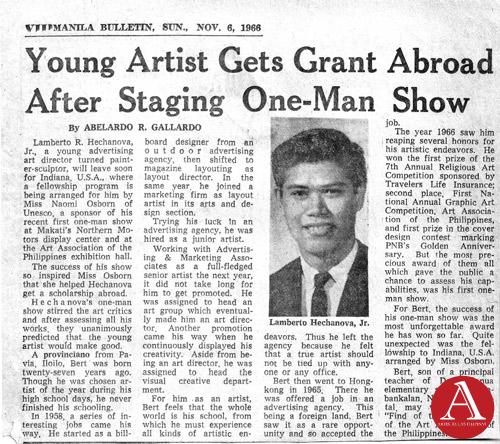 Lamberto R. Hechanova: Lost and Found
Lamberto R. Hechanova: Lost and FoundJune 2018-- A flurry of renewed interest was directed towards the works of Lamberto Hechanova who was reputed as an incubator of modernist painting and sculpture in the 1960s. His...
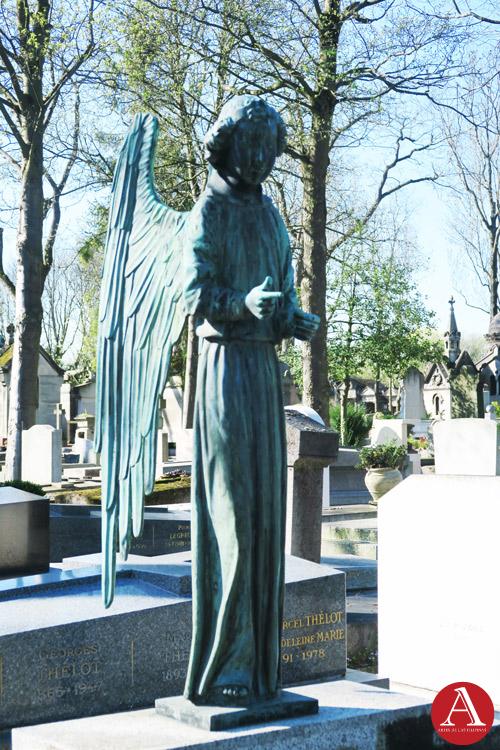 European Artists at the Pere Lachaise Cemetery
European Artists at the Pere Lachaise CemeteryApril-May 2018--The Pere Lachaise Cemetery in the 20th arrondissement in Paris, France was opened on May 21, 1804 and was named after Père François de la Chaise (1624...
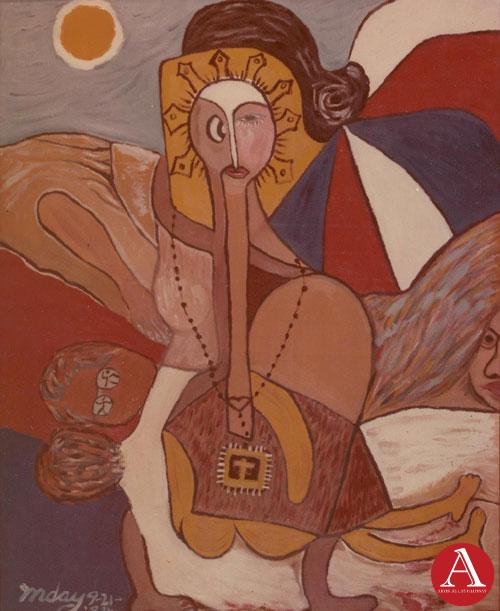 Inday Cadapan: The Modern Inday
Inday Cadapan: The Modern IndayOctober-November-December 2017--In 1979, Inday Cadapan was forty years old when she set out to find a visual structure that would allow her to voice out her opinion against poverty...
 Dex Fernandez As He Likes It
Dex Fernandez As He Likes ItAugust-September 2017 -- Dex Fernandez began his art career in 2007, painting a repertoire of phantasmagoric images inhabited by angry mountains, robots with a diminutive sidekick,...




